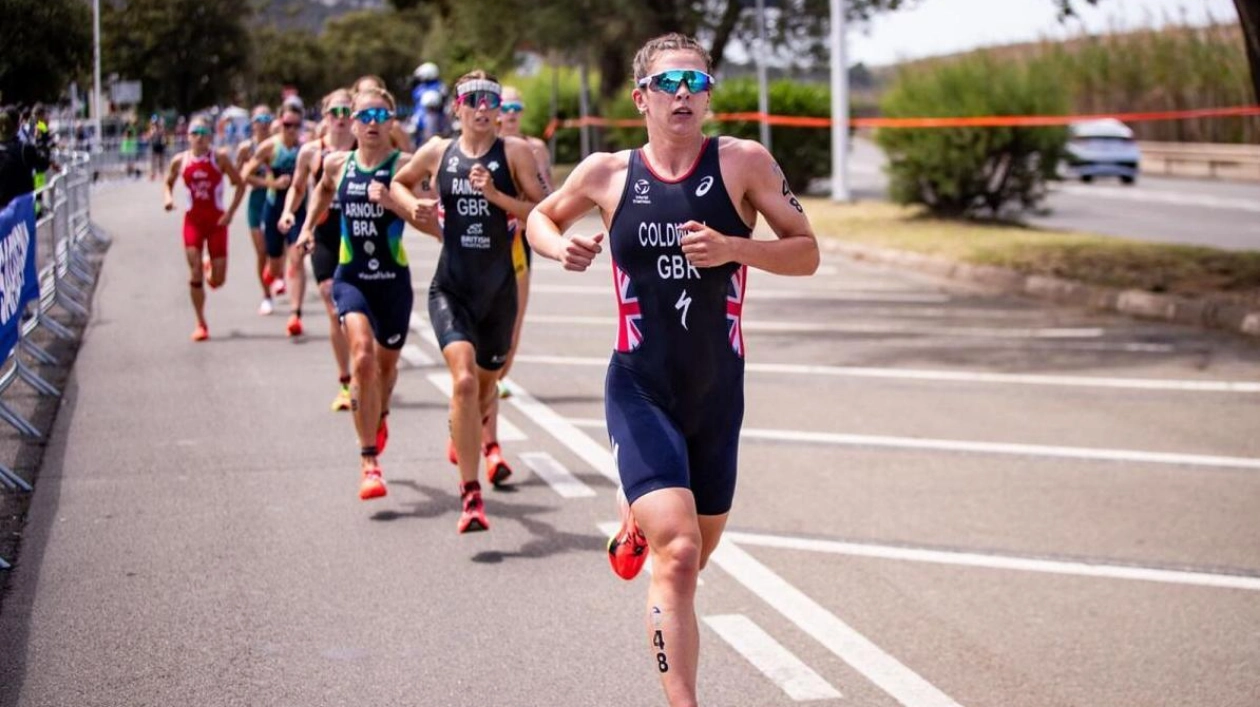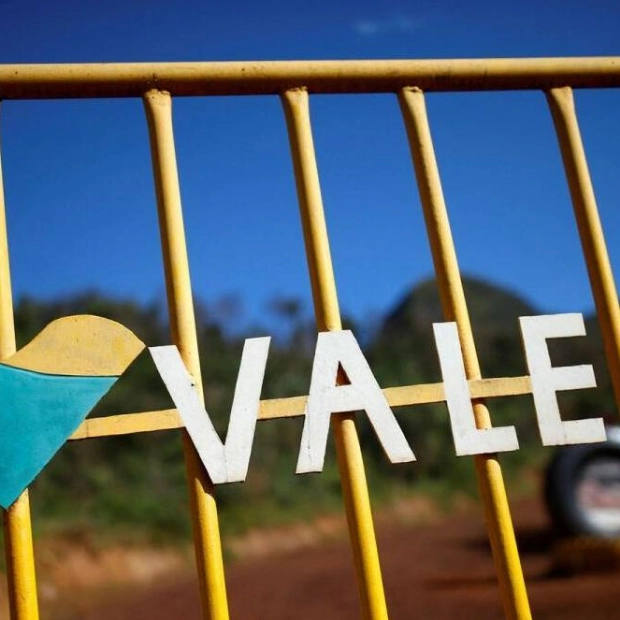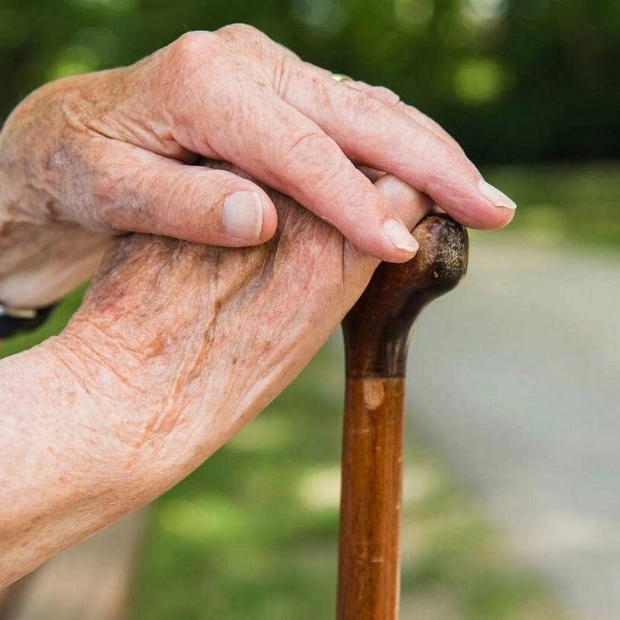Triathlon is an endurance multisport race involving swimming, biking, and running across various distances. The new T100 Triathlon World Tour will be in Dubai from November 15 to 17. The demanding 100km race will draw professional triathletes globally, while the sprint triathlon—comprising a 750m swim, 20km bike ride, and 5km run—provides a more manageable challenge, perfect for beginners. This writer has registered for the sprint event. With just under four months until the race, I sought advice from two prominent British T100 athletes for my training and preparation. Sophie Coldwell, who contributed to Great Britain's gold medal in the mixed triathlon at the 2022 Commonwealth Games, and Kat Matthews, a multiple Ironman winner who recently placed second at the T100 San Francisco, shared their top tips for triathlon success.
Sophie recommends joining a swim club: "Swimming is often the most intimidating for new triathletes and requires the most technique. A swim club ensures regular practice and group open water experience, which differs significantly from pool swimming." Kat advises having someone observe your swim: "It can be challenging to identify errors while swimming. Ask a seasoned swimmer to critique you or record your swim to send to a coach. Focus on technique rather than pace early in training." Investing in a static bike is also advised by Kat: "For cycling novices, road training can be risky. A turbo trainer offers a safe, weather-independent practice option. Use it for short sessions and cycle outdoors weekly to learn bike handling." Kat emphasizes focusing on weaknesses: "When choosing a training discipline, do the opposite of what you feel like. If you avoid swimming, it likely needs more attention."
Kat suggests practicing transitions: "You don't need to do all three sports consecutively. A short run after cycling can simulate the transition. Practicing transitions mentally prepares you for the race order." She also warns against overdoing running: "Prioritize cycling and swimming for overall fitness. Running should be minimal, just enough to tolerate its impact." Sophie advises knowing your equipment: "Don't invest in expensive gear without testing it. Practice with your helmet, shoes, and tri suit, which is more comfortable than a swimsuit." Sophie suggests time-saving equipment: "Magnetic helmet clips, elastic laces, and pre-clipped bike shoes can save crucial seconds." Preparing for heat is crucial, according to Sophie: "Hydrate well in the week leading up to the race. Drink frequently during the event, as heat and exertion increase sweating. Maintain steady pacing to avoid dehydration."
Sophie recommends reducing training intensity: "Cut back on workout length to avoid fatigue on race day. Short, high-intensity sessions can maintain speed without overdoing it." Walking the transition area is also helpful, according to Sophie: "Fatigue can disorient you in the transition area. Walk the route at the venue to familiarize yourself with your equipment's location." Sophie stresses the importance of a race day plan: "Nervousness before a race is normal and positive. Write a detailed plan to manage your nerves and remember essential timings and actions." Proper fueling is key, according to Sophie: "Eat easily digestible, low-fiber foods like rice pudding and banana three hours before the race. Use carb drinks and gels during the race, choosing what suits you best." Kat advises staying present: "Focus on the next kilometer rather than the finish line to avoid mental fatigue and self-doubt." Enjoying the process is important, as Kat notes: "Training for a triathlon is fulfilling. It's rewarding to improve and feel healthier. Races also offer opportunities to meet athletes from around the world."






